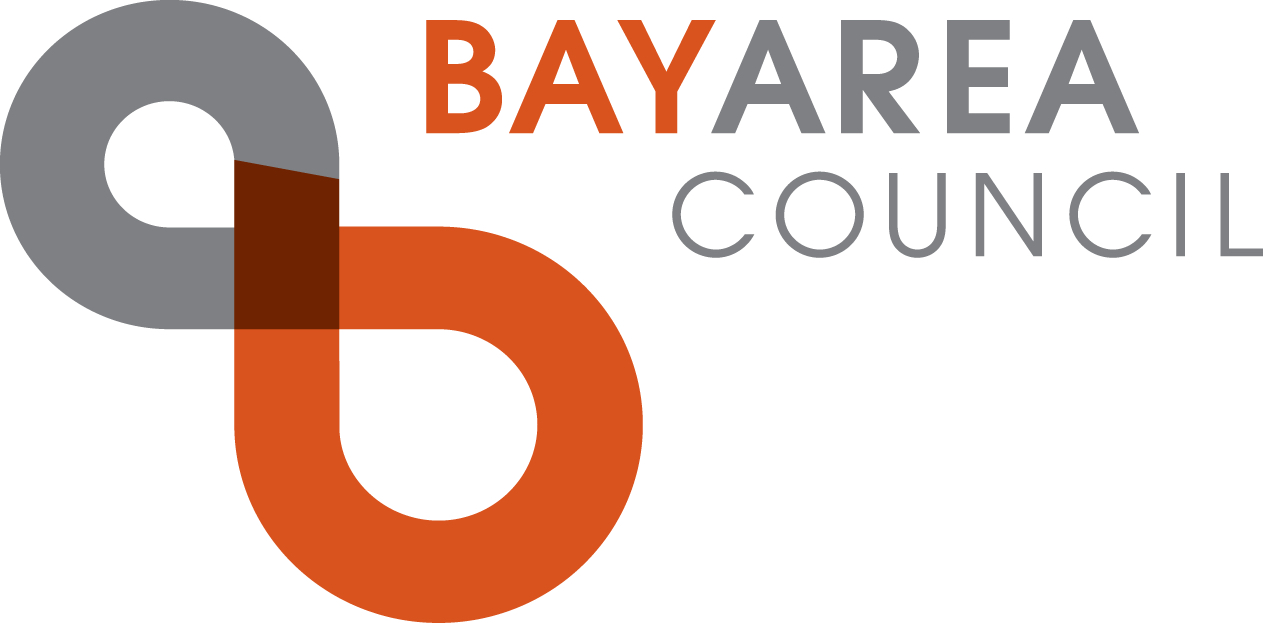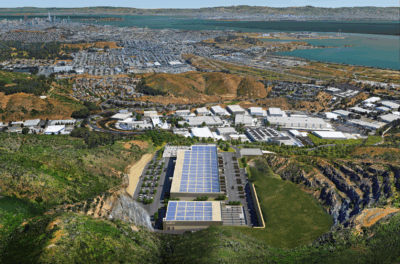Council Secures Big Transportation Win
The Bay Conservation and Development Commission last week by a 15-2 vote approved a plan that the Bay Area Council was instrumental in creating to address wasteful and senseless traffic backups on the Richmond-San Rafael Bridge, a key regional transportation corridor serving tens of thousands of hard-working commuters. The Bay Area Council identified the problem and mobilized a broad coalition of commuters, community, religious and neighborhood groups, businesses and elected officials to take action. It was no easy feat. Over the more than two years we worked to achieve this victory, we overcame strong resistance and government inertia.
The plan will initially open a third lane on the upper deck of the bridge during weekdays that broken-down vehicles and emergency vehicles can use without obstructing other motorists and creating interminable backups. Work on the change is expected to begin this fall. The lane had been reserved exclusively for bicyclists and pedestrians but sat largely empty traffic inched along. Bicyclists and pedestrians will still be able to use the lane on weekends and free shuttle will operate during weekdays. In a later stage, the plan calls for opening the lane to carpools and buses. We expect the changes to reduce commute time by up to 24 minutes.
The Council extends special thanks to Board member and Wareham Development CEO Rich Robbins, who co-chairs our Transportation Committee, for his tremendous leadership and support in achieving this great victory. It simply wouldn’t have happened without him.
Said Robbins in a press statement applauding the BCDC decision, “This is win-win-win for commuters, cyclists and pedestrians and the residents of Richmond, and serves as strong validation for applying common sense to addressing our transportation challenges. While it took much longer and took more work than we ever expected, we now have a plan for reducing traffic, helping workers get to their jobs on time and without wasteful delays and restoring a balance of fairness in how we use our transportation corridors.”





